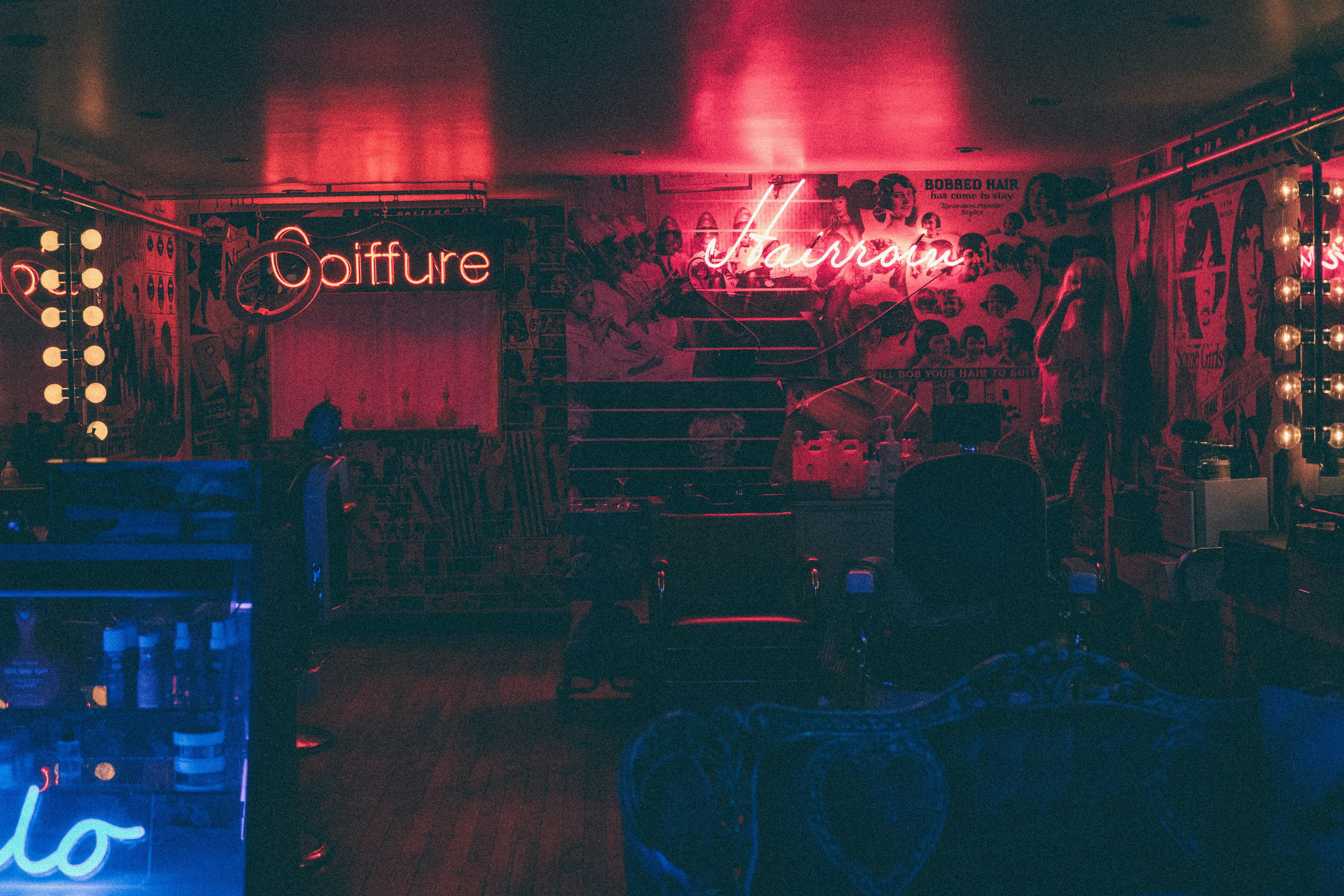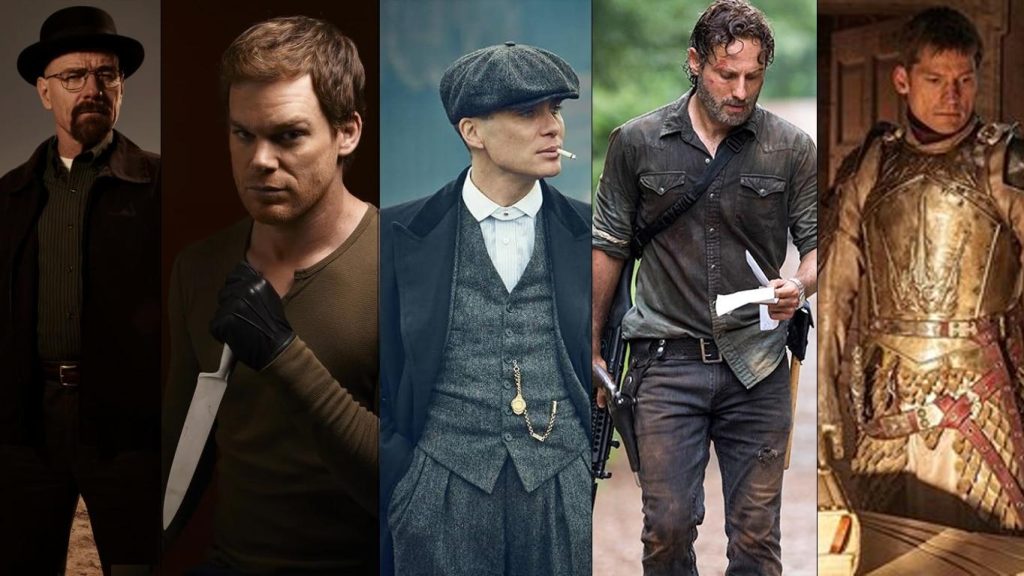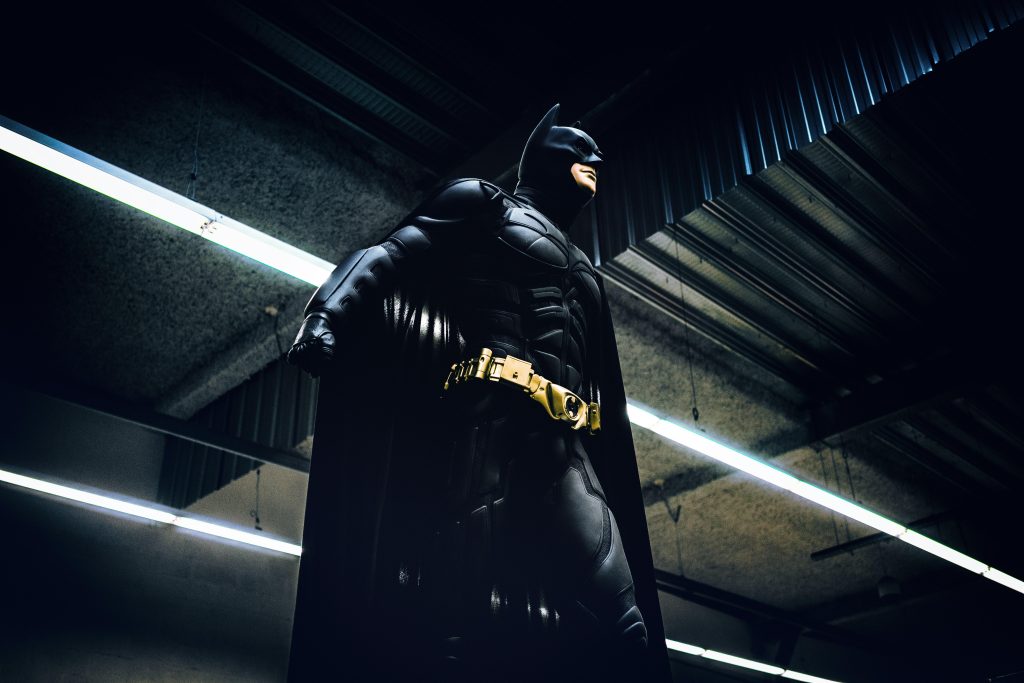In the dimly lit alleys of cinematic history, where neon lights flicker and the lines between humanity and technology blur, lies a film that has sparked debates for decades: “Blade Runner.” Released in 1982, Ridley Scott‘s dystopian masterpiece has since navigated the turbulent waters of critical reception, cult admiration, and scholarly analysis. As audiences continue to revisit its rain-soaked streets and ponder its philosophical dilemmas, a question lingers like a replicant’s haunting gaze: Is “Blade Runner” a true classic of the silver screen, or does it remain nestled within the realm of cult favorites, cherished by a devoted yet niche following? This article delves into the multifaceted legacy of “Blade Runner,” exploring its impact, its enduring allure, and its rightful place in the pantheon of film history.
Cinematic Legacy and Timeless Appeal
Since its release in 1982, Blade Runner has captivated audiences with its profound exploration of humanity, technology, and identity. Its cinematic legacy is undeniable, influencing countless films and directors with its innovative visual style and deep philosophical undertones. The film’s visionary director, Ridley Scott, crafted a world that feels both familiar and eerily futuristic, merging the gritty noir of classic detective stories with a dystopian vision of the future. This unique aesthetic and narrative depth have secured its place in cinematic history, often cited as a blueprint for modern science fiction.
Despite its initial lukewarm reception, Blade Runner has garnered a timeless appeal that resonates with both critics and fans alike. Its ability to provoke thought and evoke emotion has led to a devoted following, sparking debates and analyses that continue to this day. The film’s impact can be seen in several key areas:
- Visual Style: Its use of lighting, set design, and special effects has become a hallmark of the genre.
- Thematic Depth: The exploration of what it means to be human remains relevant and thought-provoking.
- Cultural Influence: Its themes and visuals have permeated various media, from video games to literature.
Whether regarded as a true classic or cherished as a cult favorite, Blade Runner‘s enduring influence and appeal are testaments to its place in the pantheon of great cinema.

Exploring Philosophical Depth and Cultural Impact
The philosophical depth of Blade Runner invites audiences to ponder profound questions about humanity, identity, and the essence of life. Drawing from Philip K. Dick’s novel, the film delves into existential themes through its portrayal of replicants—androids indistinguishable from humans. It challenges viewers to consider what it means to be truly human, questioning the boundaries between artificial and authentic existence. The narrative’s intricate exploration of memory, consciousness, and empathy forces us to reflect on our own moral and ethical frameworks.
Culturally, Blade Runner has left an indelible mark on science fiction and beyond, influencing visual aesthetics and storytelling in numerous media. Its impact is evident in various forms of art and popular culture, including:
- Visual Style: The film’s dystopian, neo-noir aesthetic has inspired countless movies and graphic novels.
- Thematic Influence: Its exploration of artificial intelligence and humanity has become a staple in modern sci-fi narratives.
- Iconic Scenes: Memorable moments, like Roy Batty’s poignant “Tears in Rain” monologue, resonate across generations.

Analyzing the Visual and Narrative Innovations
The film’s groundbreaking approach to both visual aesthetics and storytelling has long been a topic of debate among critics and fans alike. Ridley Scott’s direction marries the dystopian gloom of film noir with a futuristic vision, crafting a world that feels both eerily familiar and entirely alien. The city’s towering skyscrapers, constant rain, and neon glow create a landscape that is as much a character as the protagonists themselves.
- Visual Storytelling: Each frame is meticulously composed, echoing the desolation and hope intrinsic to the human condition.
- Narrative Depth: The film poses existential questions about identity and humanity, leaving audiences to ponder the moral implications long after the credits roll.
These elements, combined with Vangelis’s haunting score, create an immersive experience that transcends traditional genre boundaries. The film’s visual and narrative innovations continue to influence filmmakers, affirming its status not just as a cult favorite but as a landmark in cinematic history.

Recommendations for First-Time Viewers and Aficionados
For those diving into the universe of Blade Runner for the first time, or for seasoned aficionados revisiting its rain-soaked streets, there are a few key aspects to keep in mind to enhance your viewing experience. First-time viewers should focus on:
- The Atmosphere: Immerse yourself in the film’s stunning visual aesthetics. Pay attention to the intricate details of its neo-noir environment, where every frame is a piece of art.
- The Themes: Reflect on the philosophical questions posed by the narrative, such as the nature of humanity and artificial intelligence.
- The Soundtrack: Let Vangelis’ haunting score guide you through the emotional landscape of the film.
For aficionados who have walked these dystopian streets before, consider deepening your appreciation by:
- Exploring Different Cuts: Watch the various versions of the film, including the Director’s Cut and Final Cut, to notice subtle differences and how they alter the narrative.
- Diving into Symbolism: Re-examine the film’s rich symbolism, from the recurring motif of eyes to the origami figures left by Gaff.
- Engaging in Discussions: Join forums or book clubs to discuss interpretations and theories with fellow enthusiasts.









